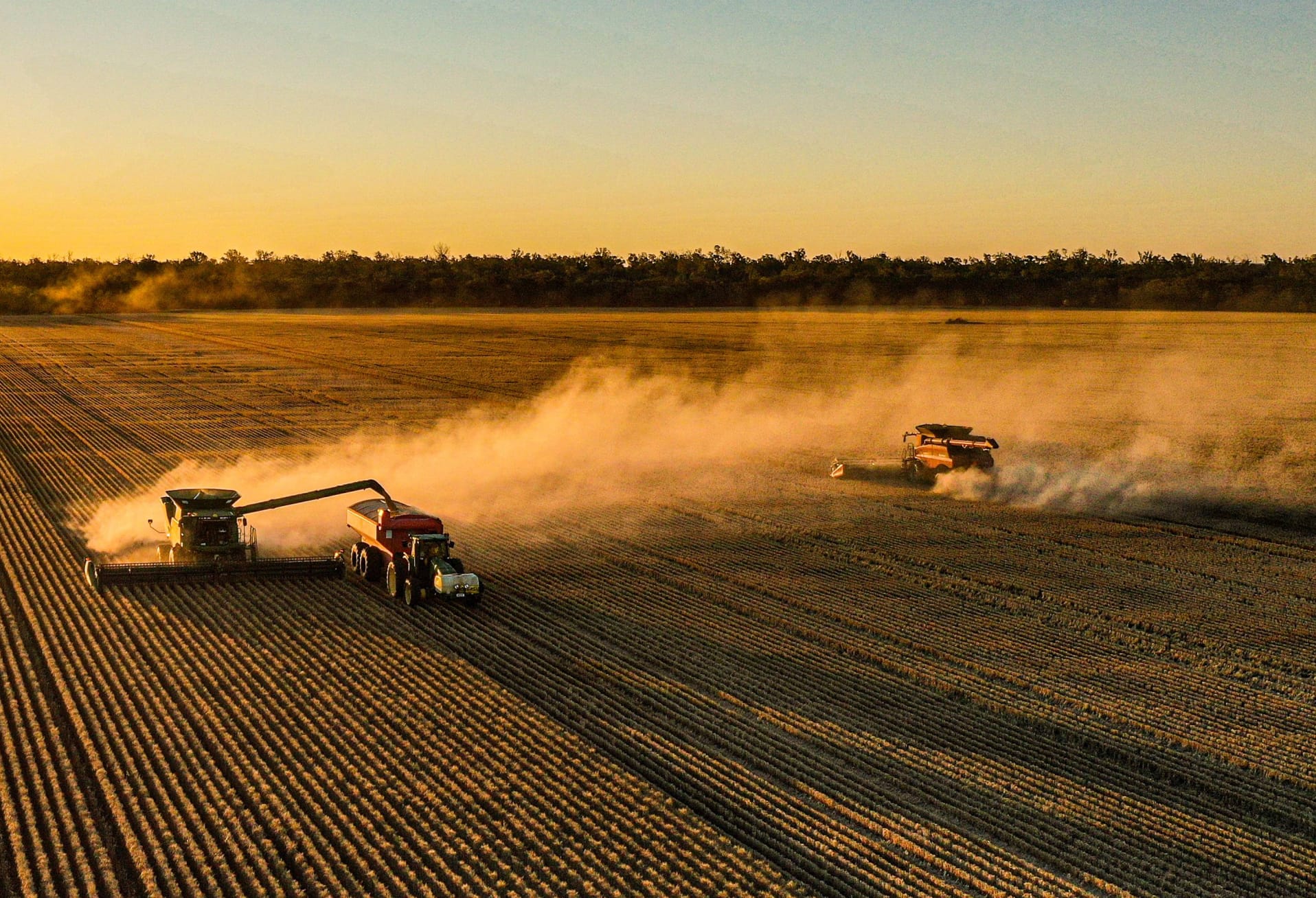Heat stress is estimated to cost the agricultural industry $1 billion according to the Grains Research and Development Corporation (GRDC). Wheat yield is adversely affected when heat stress occurs during flowering and grain filling, resulting in a reduced number and size of grains.
GRDC has invested heavily in this topic with an extensive research project led by the University of Sydney in collaboration with BCG, Australian Grain Technologies, Australian National University, University of Newcastle, Institute for Sustainable Agriculture Cordoba Spain, CSIRO and Flinders University.
The five-year investment will investigate how the same set of breeding and commercial lines tolerate high temperatures in different environments. The project, currently in its second year, aims to identify the physiological mechanisms contributing to heat tolerance at the reproductive and grain filling stages, as well as mechanisms that contribute to heat avoidance.
BCG is conducting trials at Boort in North Central Victoria. The trial has three times of sowings which were sown approximately one month apart after the optimal time of 7 May this year. With the later sowing times resulting in the crop experiencing higher temperatures during flowering and/or grain filling, which approximately occurs in October.
It is located in an irrigated paddock to ensure that moisture limitations do not occur, given that heat stress and moisture stress are different physiological events.
Sydney University are undertaking the assessments, scoring the diverse genotypes for morphological traits and temperature profiles within the canopy.
BCG researcher Claire Browne explains that some of these traits may help prevent the plants from overheating.
“To explain what a trait does, think of it like wearing a white t-shirt on a hot day. It does help keep you cooler,” Ms Browne said.
University of Sydney Senior Lecturer Dr Helen Bramley explains that heat avoidance and heat tolerance may not be mutually exclusive.
“It is well known that canopies that are cooler tend to produce higher yields, but how those varieties achieve cooler canopies is not fully understood,” says Dr Bramley.
The situation is further complicated because the types of heat events experienced by a crop varies, for example, from longer term increases in average temperatures to short heat waves.
“We aim to identify the best combined strategy for a wheat plant to deal with high temperatures targeted for a specific region,” said Dr Bramley.
Pre-breeders are already using information found in this project in a related GRDC project on heat genomics, which will advance the breeding pipeline for new varieties.
For more information about the heat stress project please call Claire Browne (03) 5492 2787 or Dr Helen Bramley at the University of Sydney on (02) 6799 2204.
This article was published in Stock and Land, 4 October 2018.











